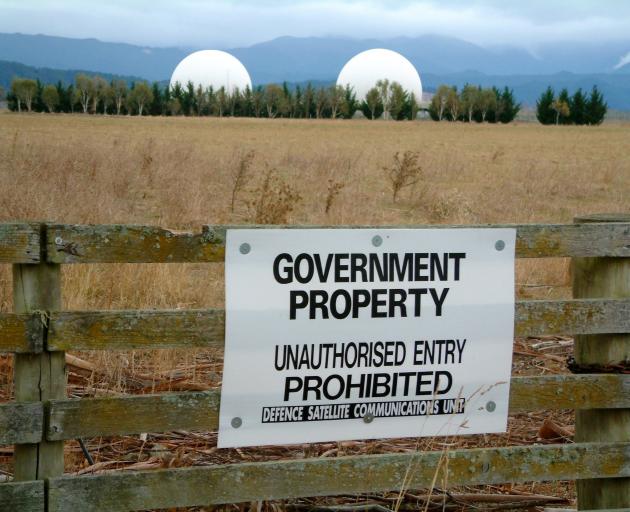
The first entry in the spy agency file on Murray Horton is from when he was 16 years old.
During summer holidays in Christchurch, Horton and a school friend penned a piece on Communist China that found its way into the New Zealand Woman’s Weekly.
From that moment in the mid-1960s, Horton was on the radar of New Zealand’s intelligence agencies.
He did not see the file until about 2010.
By then, the New Zealand Security and Intelligence Service (SIS) had started releasing information. So, he sought the files held on himself and on the Coalition Against Foreign Control of Aotearoa (Cafca), of which he is the organiser.
The five file boxes revealed Horton and others were followed for decades, organisations were infiltrated, and everything was noted down.
"When they released it ... it contained all sorts of tittle-tattle about third parties who were nothing to do with us ... ‘So and so is fond of a drink’, ‘So and so is having an affair’ — these were named individuals," Horton exclaims.
It is quite a different picture from that presented by Andrew Little, the Minister responsible for the SIS and the Government Communications Security Bureau, in a recent and significant national security speech.
Little said New Zealand faced physical, economic and social threats from foreign and domestic players "that would do us harm".
He said the intelligence agencies were having success and stressed that everything they did, unilaterally and with Five-Eyes partner agencies, although often secret, was in accordance with New Zealand laws and international human rights obligations.
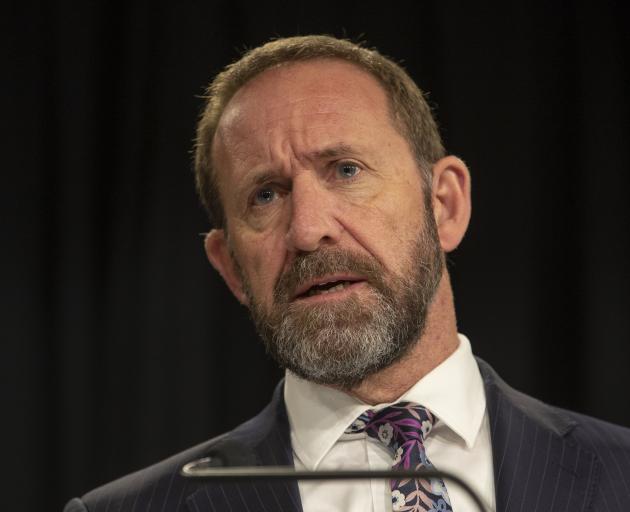
Investigative journalist Nicky Hager suggests seasoning Little’s speech with a grain of salt.
Hager, who has spent years examining Kiwi spy agency inner-workings and operations, thinks the speech was a genuine attempt to engage the public on intelligence issues, but "mostly fails because it is so uncritical about the intelligence agencies".
"The speech is very one-sided," Hager says.
"He is minister of health and minister of Treaty of Waitangi negotiations, both big roles. I suspect his only source of information [on intelligence] is agency briefings."
Little’s rosy view also appears at odds with his own previous stance. In 2013, then in opposition, he opposed an amendment to GCSB legislation that allowed it to spy on New Zealanders on behalf of other government departments including the SIS. Two years later, revelations by US whistleblower Edward Snowden, showing the GCSB spied on communications by South Pacific nations and gave that intelligence to the US National Security Agency (NSA), were slammed by Little as mass surveillance amounting to an invasion of people’s privacy.
Legislation and oversight of the agencies has been beefed up, so there are now "good safeguards and limits on the agencies", Little told The Weekend Mix.
Perhaps he is right. But because so much is conducted in secret it is hard to know what they do and how well they do it.
The public’s information tends to come from those subjected to spying or those who have tried to lift the covers as whistleblowers or journalists.
Hager agrees with Little that New Zealand intelligence agencies do not conduct mass surveillance of New Zealanders.
"New Zealand is far from being a police state and most people will never be spied on."
But certain types of people have always been needlessly targeted by the agencies, he says.
"What does happen, often, is that the GCSB sends through requests to US intelligence staff to use their gigantic surveillance capabilities to spy on emails, Facebook, etc, of the target people or groups. That’s not a rumour, I’ve seen the documents."
A week after Little’s speech, the minister announced two of the satellite communications interception dishes at Waihopai were obsolete and being retired.
That does not mean the spy station’s interception work is ending, Hager says.
"On the far side of the station is a field of other listening antennae, clearly visible, that continue to monitor a dozen or more satellites."
Hager’s concern is that the GCSB and SIS too closely follow the priorities of "the old colonial allies".
"The GCSB is so thoroughly a creature of the US-led alliance, with most of its equipment and programmes US-provided, that it has no place in modern New Zealand. Its cyber-security role, a relatively minor part at present, could be moved to a dedicated new agency. The NZSIS could have a future in modern New Zealand, but only with major restructuring to realign to a New Zealand, not allied, orientation."
Little is keen for the public discourse to explore the role of social cohesion in combating terrorism.
"Societies that are polarised around political, social, cultural, environmental, economic, ethnic or religious differences will more likely see radicalising ideologies develop and flourish. In short, social cohesion is an important contributor to national security," Little said in his speech, pointing to the findings of the Royal Commission’s report into the 2019 terrorist attack on the Christchurch mosques.
"This new focus on social cohesion ... is a somewhat novel approach internationally. It is, perhaps, a uniquely New Zealand response to a tragedy on our soil."

"The work on this subject has largely been left to the same security officials who until recently scoffed at this idea," Hager says.
"I fear that leaving this work to people in a security mindset will mean it fails."
It appears the minister may be trying to address that.
Little says it will be important to equip schools to address "what happens in the schoolyard" and foster inclusiveness.
He has also set up Kapuia — a group comprising 32 representatives of faith, ethnic and other minority communities — to develop and oversee initiatives to improve social cohesion and national security.
"They are going to have a crucial leadership role."
But that might not be a broad enough approach. Comments by Dr Mariska Kappmeier suggest the common Western intelligence agency mistake of "looking in the wrong direction" is being perpetuated in this attempt to bolster social cohesion.
Dr Kappmeier is an inter-group relations researcher at the National Centre for Peace and Conflict Studies, at the University of Otago. She agrees social cohesion is vitally important and has been a neglected element of national security. But she warns against leaving some groups out.
It is important a social cohesion strategy addresses a lack of sense of belonging that some communities feel, she says.
But, she adds, it is just as important to engage with communities expressing a sense of deprivation and of "missing out in a changing world", which is a key driver of white supremacy.
"If he only thinks ... we need to reach out to communities of colour, refugee communities, in particular Islamic communities, that would be a red flag for me," Dr Kappmeier says.
"I want to see how his social cohesion is also able to reduce attractiveness to white supremacy."
Rather than treating a group as "the problem", social cohesion is built by taking each group’s concerns seriously and engaging authentically to build understanding and trust, Dr Kappmeier says.
The definition of social cohesion will determine how the strategy is implemented, she says.
"When I say social cohesion, I speak about a strength of relationship, a sense of solidarity among members of the community.
"How does Andrew Little define it?"
Asking the same question is Tim Jones.
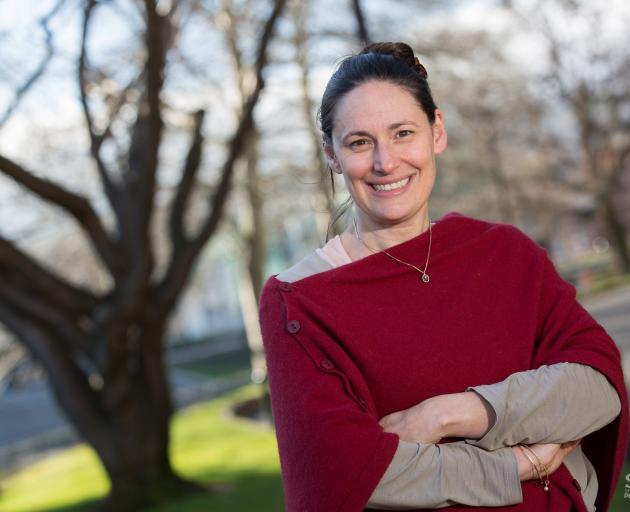
Jones likes the idea of social cohesion being included in a national security strategy, but wants to know who gets to decide what behaviour is acceptable.
"It speaks to me of the 1950s, when everybody was supposed to think the same thing and act in the same way," he says.
"If there are groups strongly pushing, through peaceful means of protest, for stronger action on climate change ... would the minister regard that as something breaching social cohesion and therefore ... the SIS gets sicced on you?"
Everyone thinks a mature conversation is overdue. But no-one, not even the minister, seems sure it can happen.
The debate has been quite polarised to date, Little says.
"We’ll see how the next few months unfolds."
Horton is happy to have that discussion, but says intelligence agencies cannot be allowed to hide behind the "we can’t discuss our work" mantra.
"And that conversation must include the option of saying, do we need them at all?"
Hager would love to discuss the future of the country’s spy agencies.
"But a mature discussion does not mean believing whatever the agencies say about themselves and excluding people who don’t agree. In a mature discussion, you listen most of all to people with different opinions. That’s how true progress is made.
"The intelligence agencies of modern New Zealand should stick to New Zealand’s own values and interests."
Jones sees the public’s lack of information about the agencies as the biggest obstacle to having a meaningful discussion.
"The more openness there can be [the better], about whose interests the intelligence agencies are serving and what are the boundaries of what they will and won’t do."
What might ease the impasse is a call by the inspector-general of intelligence and security, Brendan Horsley, for greater transparency by the agencies.
"It’s important in a democracy like ours that secrecy is limited to where it’s genuinely necessary, for example to protect intelligence sources and methods," Horsley, who provides independent oversight of the GCSB and SIS, told The Weekend Mix.
"Where possible, people should know what the intelligence agencies are doing on their behalf. I think the current leaders of the agencies are willing to be more transparent where that’s possible, but they can go further."
 A treachery of spies
A treachery of spies

Forty years of spying gaffes and revelations in, on and around New Zealand.
1981. The SIS was criticised for creating a list of 15 ‘‘subversives’’, so named for disagreeing with government decisions allowing the 1981 Springbok Tour.
1981. A New Zealand Security Intelligence Service (SIS) spy accidentally left a briefcase on a Wellington fence. It contained a pornographic magazine, three cold meat pies and notes on a German diplomat’s dinner party.
1985. The SIS failed to prevent French spies from bombing Greenpeace vessel Rainbow Warrior, killing a photographer. The spies were caught by Customs.
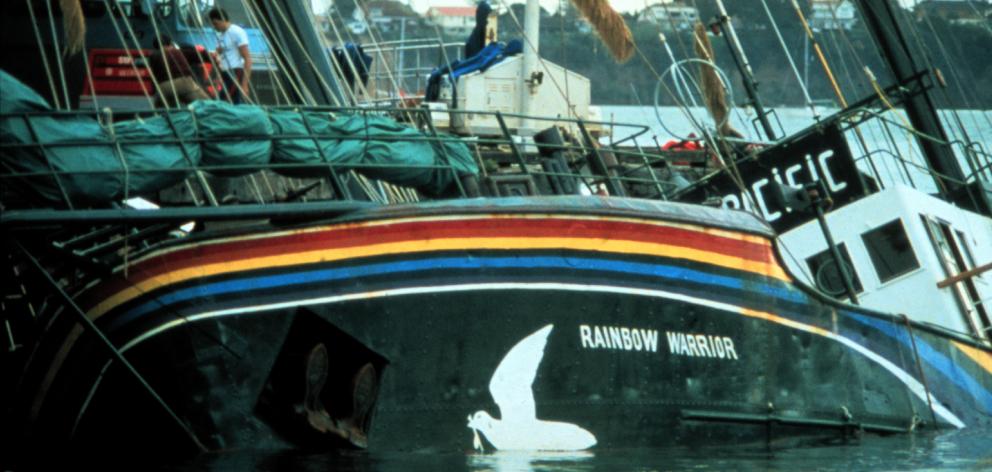
1996. SIS agents broke into the Christchurch home of Aziz Choudry who was organising a rally against an Apec meeting. The Court of Appeal ruled that the SIS had broken the law. Parliament amended the law to allow the SIS to do break-ins.
2002. Ahmed Zaoui, an Algerian asylum seeker, was detained based on an SIS risk assessment. The risk certificate was later lifted.
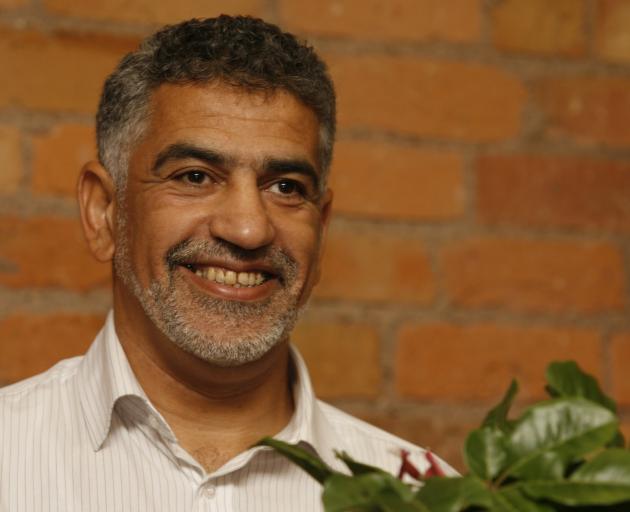
2004. The SIS was criticised for not knowing that Israeli Mossad spies had been in New Zealand purchasing New Zealand passports.
2008. It was discovered that a Christchurch resident had been spying on peace activists and animal rights and climate change campaigners. He was spying for the SIS and the police.
2012: The Government Communications Security Bureau (GCSB) was found to have illegally spied on New Zealand resident Kim Dotcom. A review revealed the GCSB had spied on up to 85 Kiwis during the previous decade. The next year, the government amended legislation to allow the GCSB to collect information on New Zealanders.
2014. The office of the prime minister denied claims the Southern Cross Cable, which carried 95% of New Zealand internet and phone traffic, was being tapped by the Government. It admitted, however, that the Government was negotiating a ‘‘cable access programme’’ with the United States’ National Security Agency (NSA).
2015. Documents leaked by US whistleblower Edward Snowden revealed the GCSB had been spying on about 10 South Pacific nations and territories.
2015. Snowden’s leaks showed the GCSB was also using Waihopai to intercept transmissions from several Pacific Rim and Asian countries and several South American nations.
2020. A Royal Commission of Inquiry into the Christchurch mosque shootings criticised the GCSB and other security services and intelligence agencies for focusing on Islamic extremism at the expense of other threats including white supremacy.











